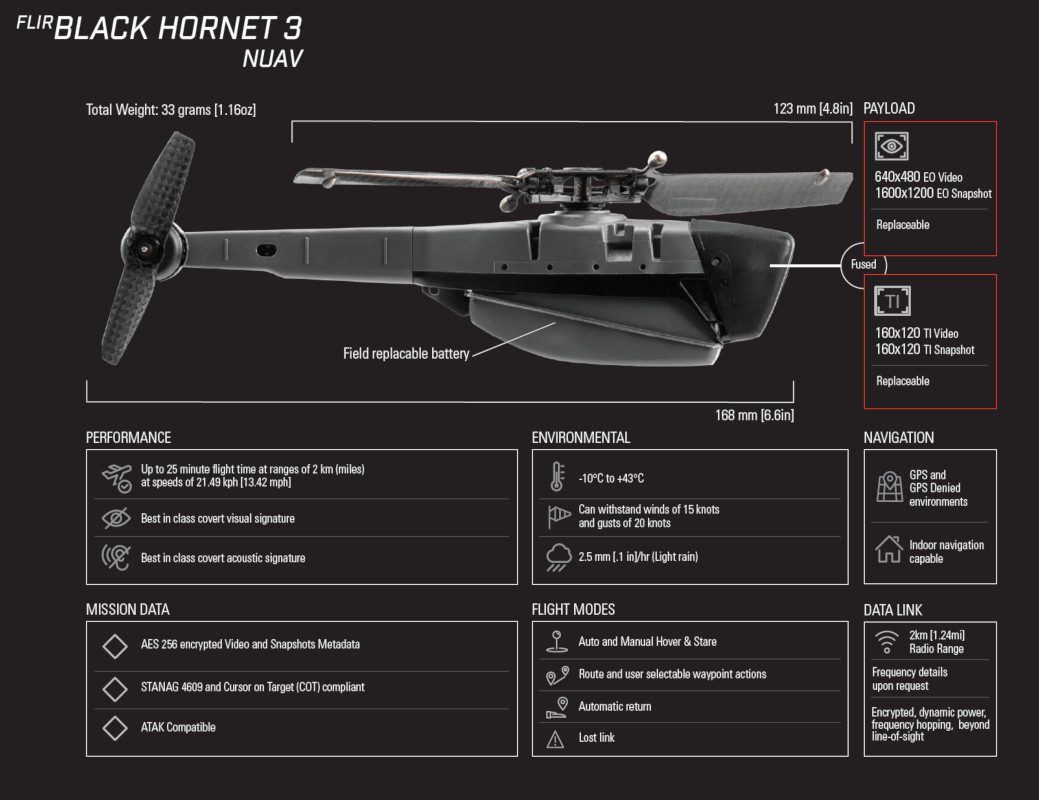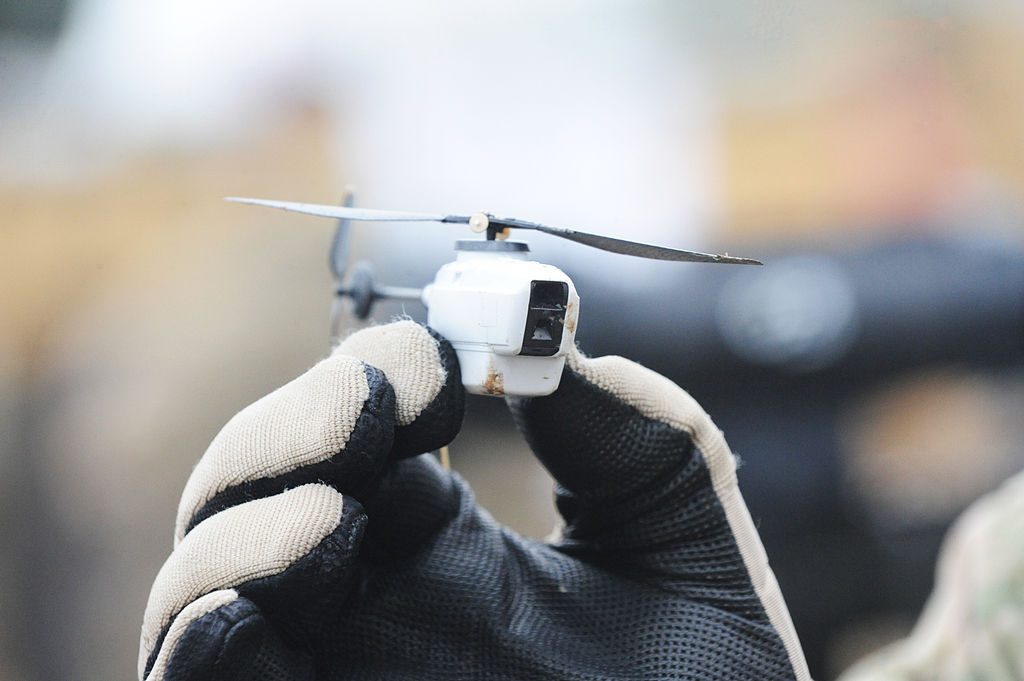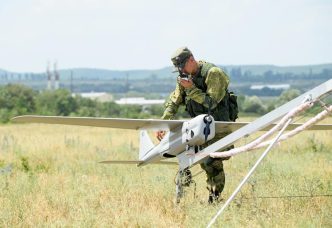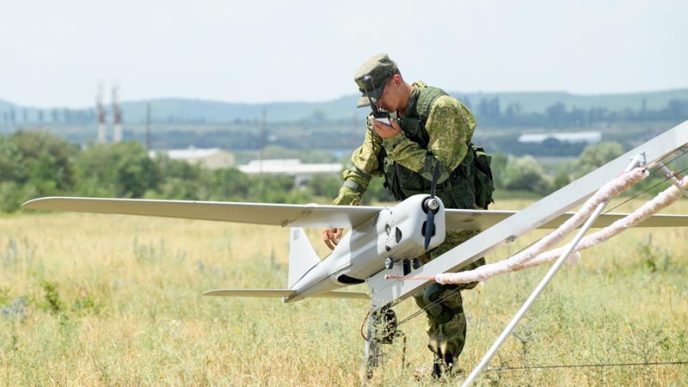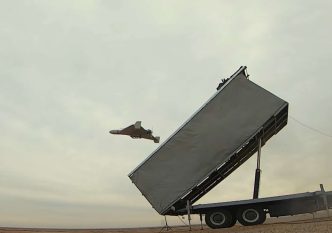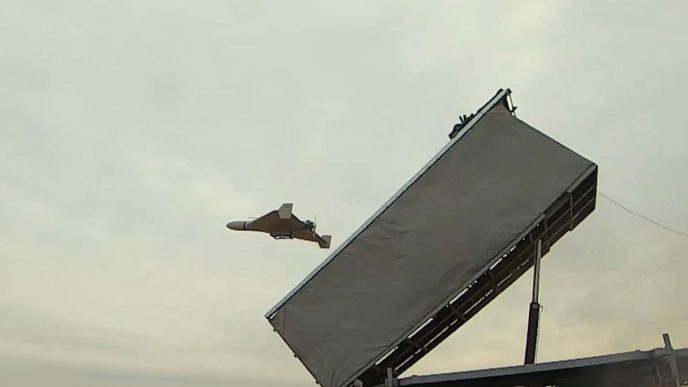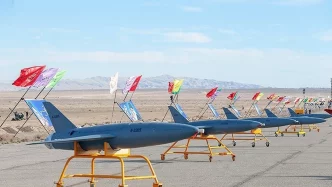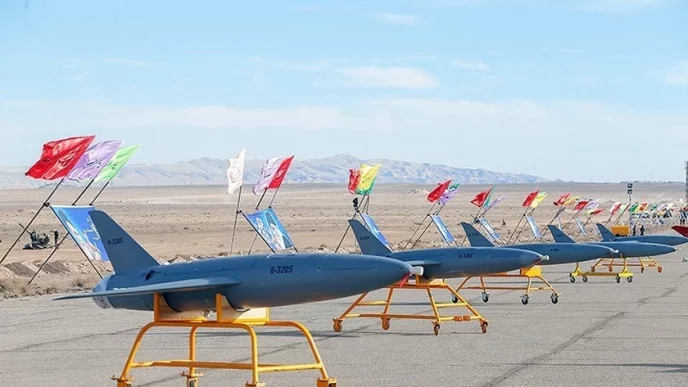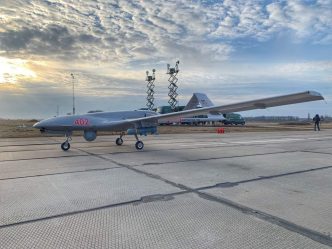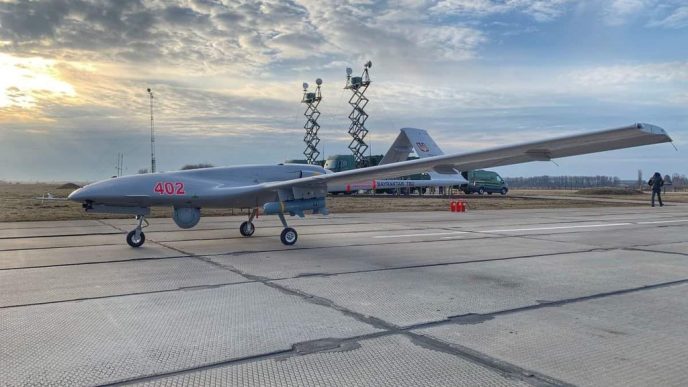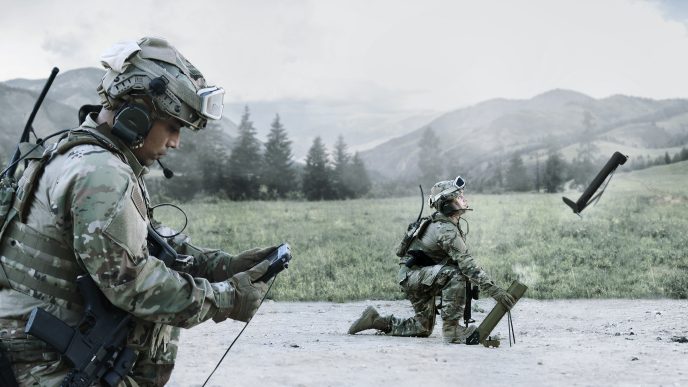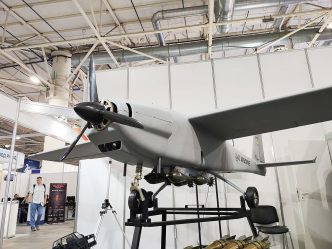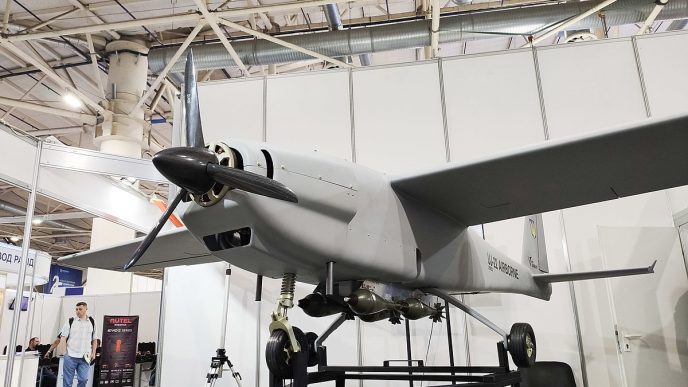The Black Hornet PRS (Personal Reconnaissance System) is a military micro unmanned aerial vehicle (UAV) that can provide troops on the ground with local situational awareness. The price was around $60,000 at the beginning, and now these days, the price is around $40,000 per unit.
Introduction
Unmanned aerial vehicles have been changing how wars are fought for nearly thirty years. Since their breakthrough use in the first Gulf War, they’ve cemented their place on the battlefield, and global powers ranging from the US to India and China have been looking for new technology to gain an edge in the skies. When it comes to drones, though, bigger isn’t always better. Soldiers on the ground are always looking to save weight, and war zones aren’t always accommodating to large UAVs that need lengths of runway to launch.
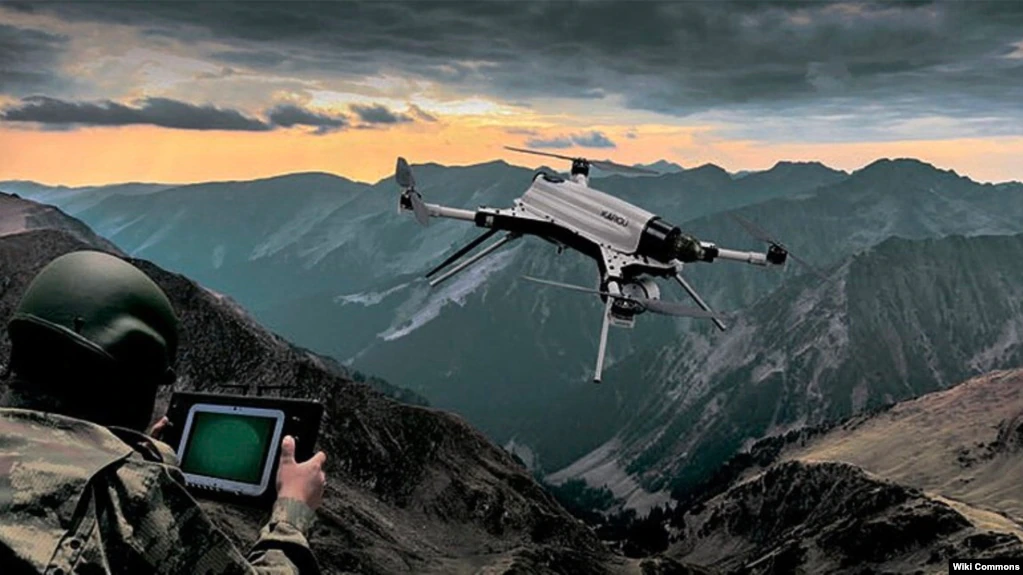
On top of that, maneuverability and concealability are two essential qualities of a surveillance drone that don’t improve with largeness. A company in Norway might have solved all of these problems, though, with the miniature Black Hornet PRS helicopter drone. It weighs 16 grams with a size just less than 4 inches long.
The drone-changer
The Black Hornet PRS UAV allows armed troops to spy on potential threats. The small, remotely-controlled rotorcraft helps to save the lives of front-line soldiers. This tiny UAV also offers intelligence, surveillance, and reconnaissance support to armed forces in mission-critical operations.
The UAV gives access to remote locations and provides situational awareness on the battlefield. Prox Dynamics initiated the black Hornet’s development in Norway in April 2008. They were used by the armed forces of the United States, France, the United Kingdom, Germany, Australia, Turkey, Norway, the Netherlands, and India. The drone went through several test flights and all kinds of tests before entering the serial production phase in early 2012.
Dimensions
The size is the most apparent difference between the Black Hornet PRS and traditional UAVs like the Global Hawk, MQ-9 Reaper, and the new Loyal Wingman. Prox Dynamics AS, the Norwegian company responsible for creating the Black Hornet, made it its mission “to develop, produce and sell the world’s smallest and most advanced” UAV. At just over the size of a soldier’s finger, the miniature unmanned helicopter seems to have delivered on that promise.
The unit measures around 16 × 2.5 cm (4 × 1 in) and provides troops on the ground with local situational awareness. They are small enough to fit in one hand and weigh just over half an ounce (18 g, including batteries).
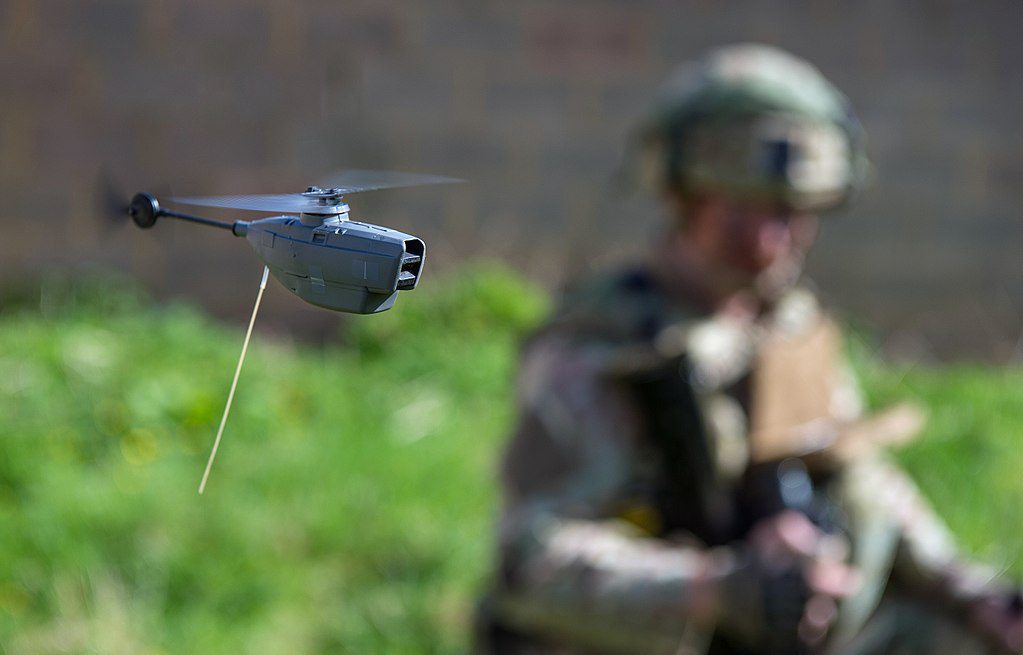
Of course, that small size means low weight, something for which soldiers on the ground are thankful. Between a load of ammunition, body armor, water, and other gear, a US Army soldier often carry upwards of 60 pounds of equipment; sometimes, according to NPR, that figure is closer to 100. All this gear is being lugged through a war zone doesn’t do much to lighten the load. With the Black Hornet, though, soldiers have a valuable tool in hand without adding pounds. The Black Hornet’s size is more than just convenient. It also allows the UAV to accomplish missions that its more-traditional counterparts can’t do.
Role
While unable to carry the payload of an MQ-9A Reaper, for instance, the Black Hornet Nano is unparalleled in the role of personal aerial surveillance. Able to lift out of a soldier’s hand, there’s no need for a large staging area to launch the Black Hornet.
It can also work its way through tight spaces like hallways. This allows an individual soldier to deploy a UAV exactly where it’s needed immediately.
Design
In terms of design, the Black Hornet is constructed of a rugged, plastic-molded shell. The aerodynamic shape of the Nano UAV withstands stormy winds. The tiny drone is fitted with three surveillance cameras concealed within its nose; one is looking forward, one is looking straight down, and one is pointing downward at 45 degrees.
The complete Black Hornet Personal Reconnaissance System includes two UAVs and a base station. The UAV has a length of about 100 mm and a rotor span of 120 mm. It weighs 16 grams, including that of the surveillance camera. The total system, excluding the display, weighs less than 1kg. Black Hornet Nano, 90% charge, is reached in 20-25 minutes, the same as its hovering time; when one needs to be recharged, the other is ready to fly. The top speed is 13 mph (21 km/h).

In addition, Black Hornet PRS is installed with a steerable electro-optic camera capable of producing still images and live videos displayed on a hand-held device. The operator can zoom in on the camera for a clearer picture using the base station controls. It gives the operator full-motion video and still images. They were developed as part of a $24,6 million contract for 160 units with Marlborough Communications Ltd.
While the autopilot system is installed onboard, the Black Hornet PRS enables the operator to handle the drone in two modes. The drone can be operated directly or programmed through a predefined path using the installed GPS. The digital data link allows the operator to control the UAV within the line-of-sight range of 1,000m.
Power
A tiny rechargeable battery powers the Power unit of Black Hornet PRS. The battery is designed to rotate horizontal and vertical rotors installed on the drone. It can make the Black Hornet PRS fly at a speed of 10m/s with a maximum endurance of 25 minutes. Moreover, Black Hornet PRS is controlled by an operator from the ground using a joystick-like device. The UAV technology enables the operator to control the drone from a maximum range of 1,000m.
While the base station of the Black Hornet PRS offers planning, execution, and analysis services to the system’s operator, it includes display and system control connections.
And once we know its characteristics, of course, we are curious about the price of this tiny UAV. Gizmocrazed reports that the cost of a single unit is just $195,000. With a USAF report detailing the cost of a single Reaper at over $16 million, the Black Hornet represents substantial cost savings when used as a replacement for missions like personal reconnaissance.
Operational history
It was withdrawn from service in 2016/2017. As of 25 October 2013, the British Army had 324 Hornet Nanos in service. Moreover, in July 2014, the United States Army Natick Soldier Research,
Development and Engineering Center selected the PD-100 Black Hornet PRS after looking at commercially available small-scale UAVs as part of the Cargo Pocket Intelligence, Surveillance, and Reconnaissance program. It concluded that further refinements were needed for a US Army role, including reconfiguring the data link, using its night vision, and improving navigational capability. US Army tested the Black Hornet PRS at an event in early March 2015, and Prox Dy US delivered a PD-100 with upgraded features for Army Special Forces testing in June 2015.
By 2015, the Black Hornet had deployed with U.S. Marine Corps special operations teams. Although the Army is seeking a mini-drone for use by individual squads through the Soldier Borne Sensors (SBS) program, the individually handmade Black Hornet is considered too expensive for large-scale deployment, with a unit costing as much as US$195,000.
In short, the drone’s small size doesn’t hamper its ability to perform in battlefield conditions, either. Capable, cost-effective, and convenient, the Army is looking to continue expanding the Black Hornet’s use in the field. While bug-sized drones have long been a goal of surveillance technology, the Black Hornet PRS has finally achieved what so many have been aiming at for so long.
Technical specifications
| Manufacturer: | Teledyne FLIR and Prox Dynamics |
| Type: | micro UAV, Personal reconnaissance system (PRS) |
| Flight time: | up to 25 minutes |
| Range: | 2 km |
| Operational temperature: | -10°C to +43°C |
| Length: | 168 mm |
| Rotor diameter: | 123 mm |
| Flight modes: | Auto and manual hover and stare |
| Navigation: | GPS and GPS denied environments |
| Data link: | 2 km (1.24 miles), encrypted |
